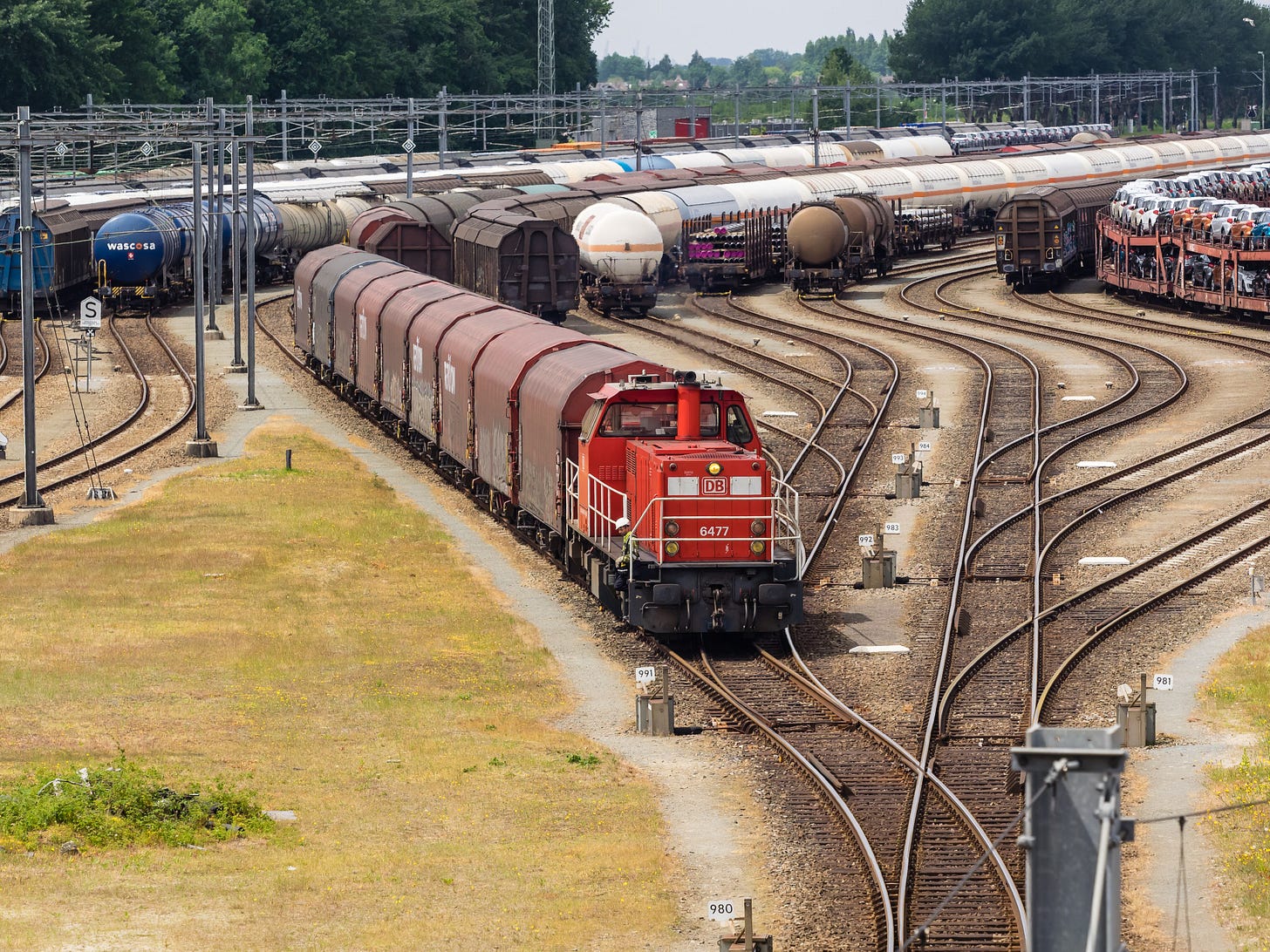The Kijfhoek test: Can public money save single wagonload?

As the Dutch government commits EUR 30 million to rescue single wagonload operations at Kijfhoek rail yard near Rotterdam, the celebration from shippers and condemnation from operators reveal a deeper question facing European rail freight: Can public money solve a problem rooted in fundamental economics?
The investment, announced by infrastructure state secretary Thierry Aartsen, aims to maintain single wagonload (SWL) services that connect smaller freight volumes to the rail network. Shippers association evofenedex called it a “huge lobbying success” preventing freight from shifting back to roads. Rail freight operators association RailGood condemned the same decision. The split reveals the structural tension at the heart of Europe’s rail freight ambitions.
QUICK TAKE
The issue: SWL operations are commercially unviable but politically essential for modal shift targets
The numbers: EUR 30 million investment • Kijfhoek yard near Rotterdam • “neutral shunting” model • shipper/operator divide
Why it matters: Tests whether public funding can sustain a service model that markets alone cannot support
Kijfhoek is a major marshalling yard that distributes freight from Rotterdam port to industrial zones across the Netherlands and Europe. Without SWL services, smaller shippers lose direct rail access, forcing freight onto trucks. Evofenedex argues the investment prevents reverse modal shift that would undermine sustainability goals.
Operators see it differently. SWL services lose money because wagons spend more time being sorted in yards than moving. High fixed costs, complex coordination, and competition from flexible road freight create economics that require either cross-subsidy or direct public support. For operators, government funding that mandates unprofitable services creates distorted competition.
Why do shippers and operators see the same investment so differently?
Shippers view comprehensive network coverage as essential infrastructure, similar to universal postal service. Small and medium-sized enterprises need rail access for sustainability commitments and supply chain resilience, even if their volumes don’t fill entire trains. Operators view SWL through a commercial lens: every wagon collected, sorted, and delivered individually costs more than revenue generated.
This tension exists across Europe. Switzerland directly subsidises SBB Cargo’s wagonload network. Austria provides targeted support to ÖBB Rail Cargo Group. Germany’s DB Cargo receives federal funding but is simultaneously restructuring to reduce coverage. France has largely withdrawn SNCF Fret from unprofitable routes. The Netherlands is choosing the subsidy path with an innovative twist.
Can neutral shunting change the economics?
A key element involves creating a neutral shunting offering. Currently, DB Cargo operates Kijfhoek’s shunting services, creating potential access barriers. The new model would separate shunting infrastructure from train operations, allowing any licensed operator to access marshalling services. The logic mirrors mainline rail’s separation of infrastructure from operations.
The EUR 30 million represents infrastructure modernisation rather than operating subsidy. Funds likely support yard upgrades, digital tracking systems, and neutral operator frameworks. These improvements can reduce marginal costs but don’t solve SWL’s core profitability problem. Someone must still operate the neutral shunting function, likely requiring ongoing support. Wagons still require collection, sorting, and individual delivery.
The calculation weighs EUR 30 million against costs of increased road freight: higher emissions, greater congestion, accelerated infrastructure wear. The question is whether this prevents modal shift or merely delays what operators consider inevitable withdrawal. If the model makes SWL economically sustainable, it could spread across Europe. If it simply creates another subsidised operation, policymakers face harder choices about how much public money rail freight’s territorial cohesion justifies.
WHAT THIS MEANS
For operators: Risk that subsidised neutral access models spread, potentially forcing participation in loss-making services while facing publicly supported competition.
For policymakers: Tests whether infrastructure investment and neutral access can square the circle between modal shift commitments and commercial reality, or whether honest acknowledgment of rail freight as partially subsidised public service becomes necessary.
For SWL’s future: EUR 30 million buys an experiment, not a solution. If the neutral model works, SWL might survive as commercially sustainable service. If not, Europe faces the choice between permanent subsidy or abandoning comprehensive rail freight coverage.

